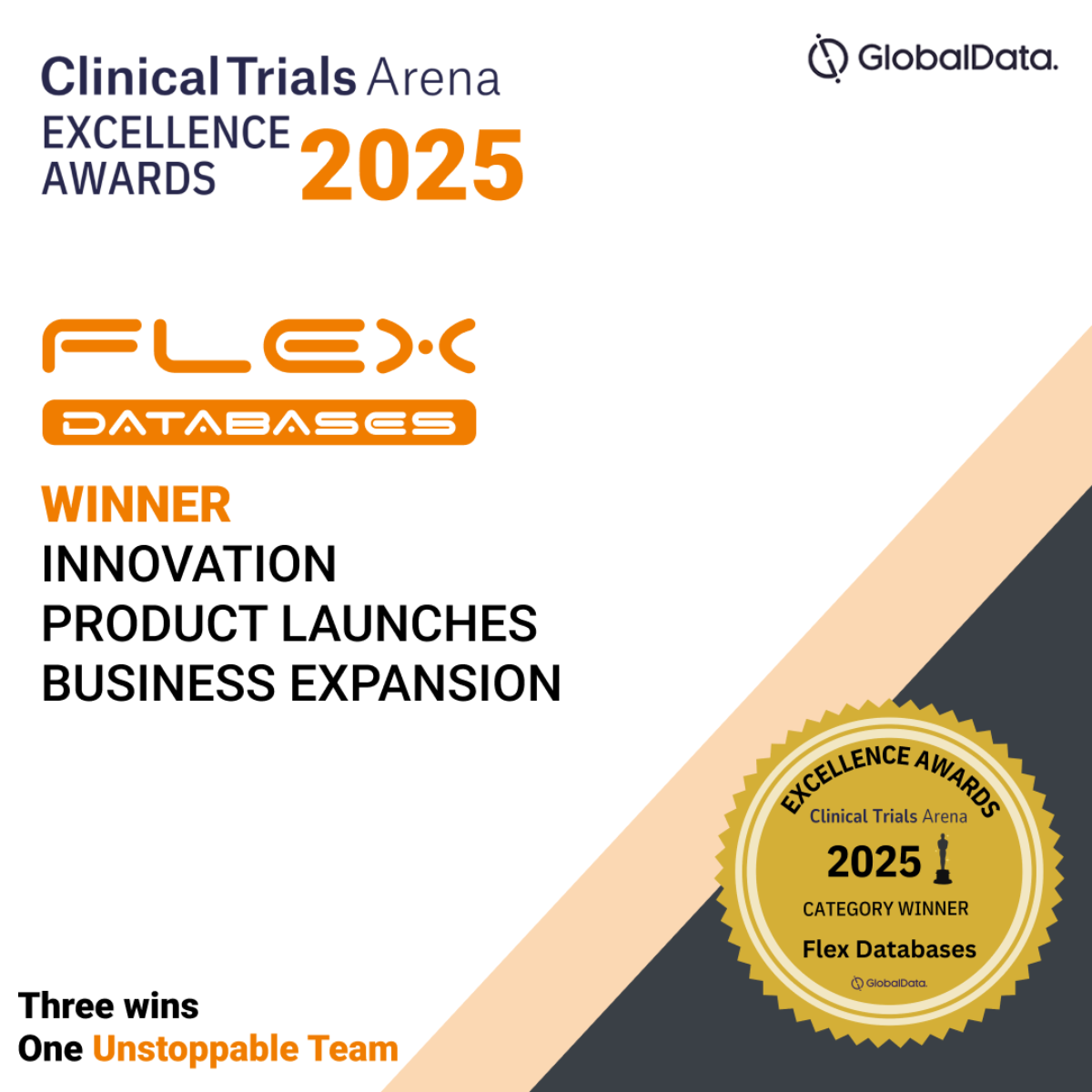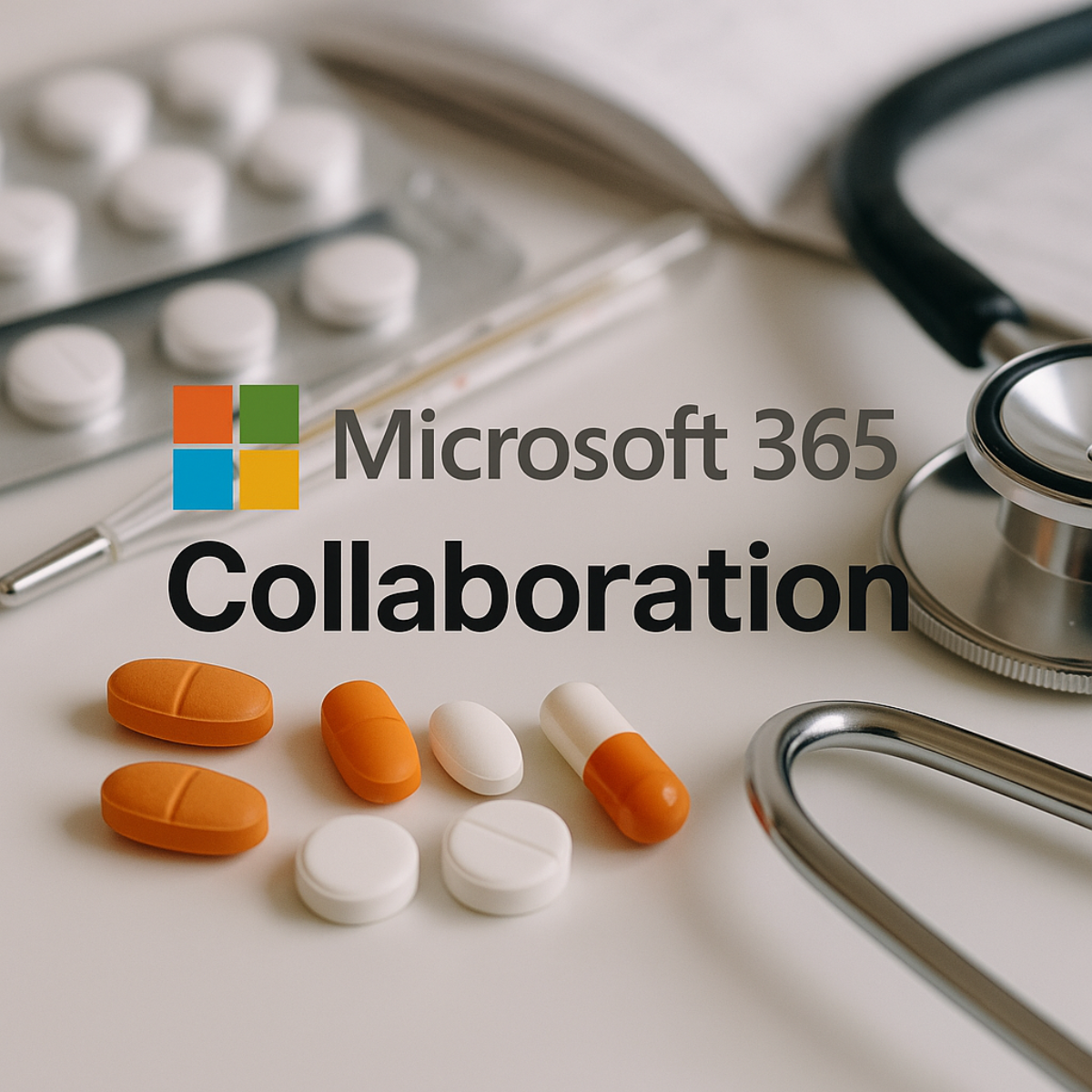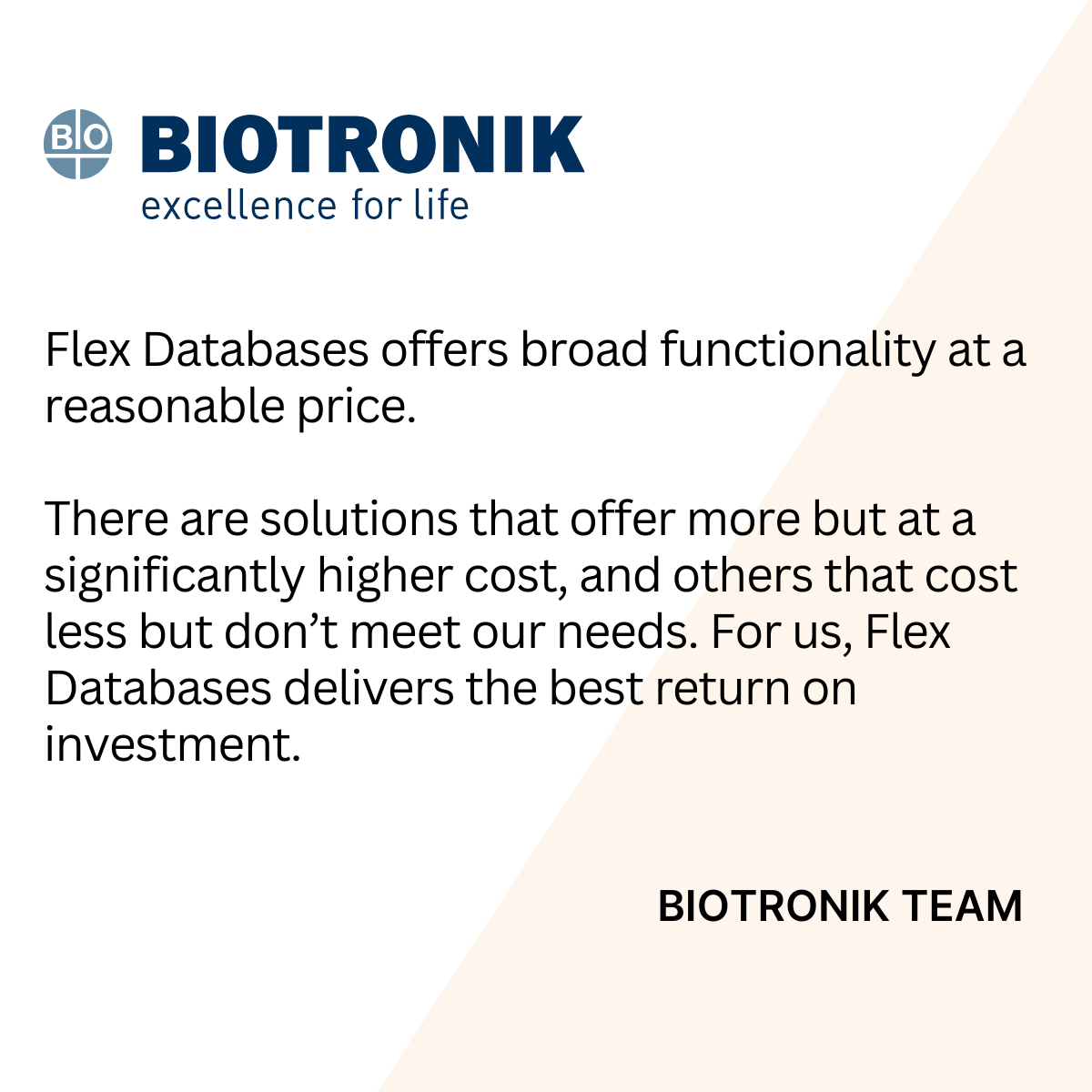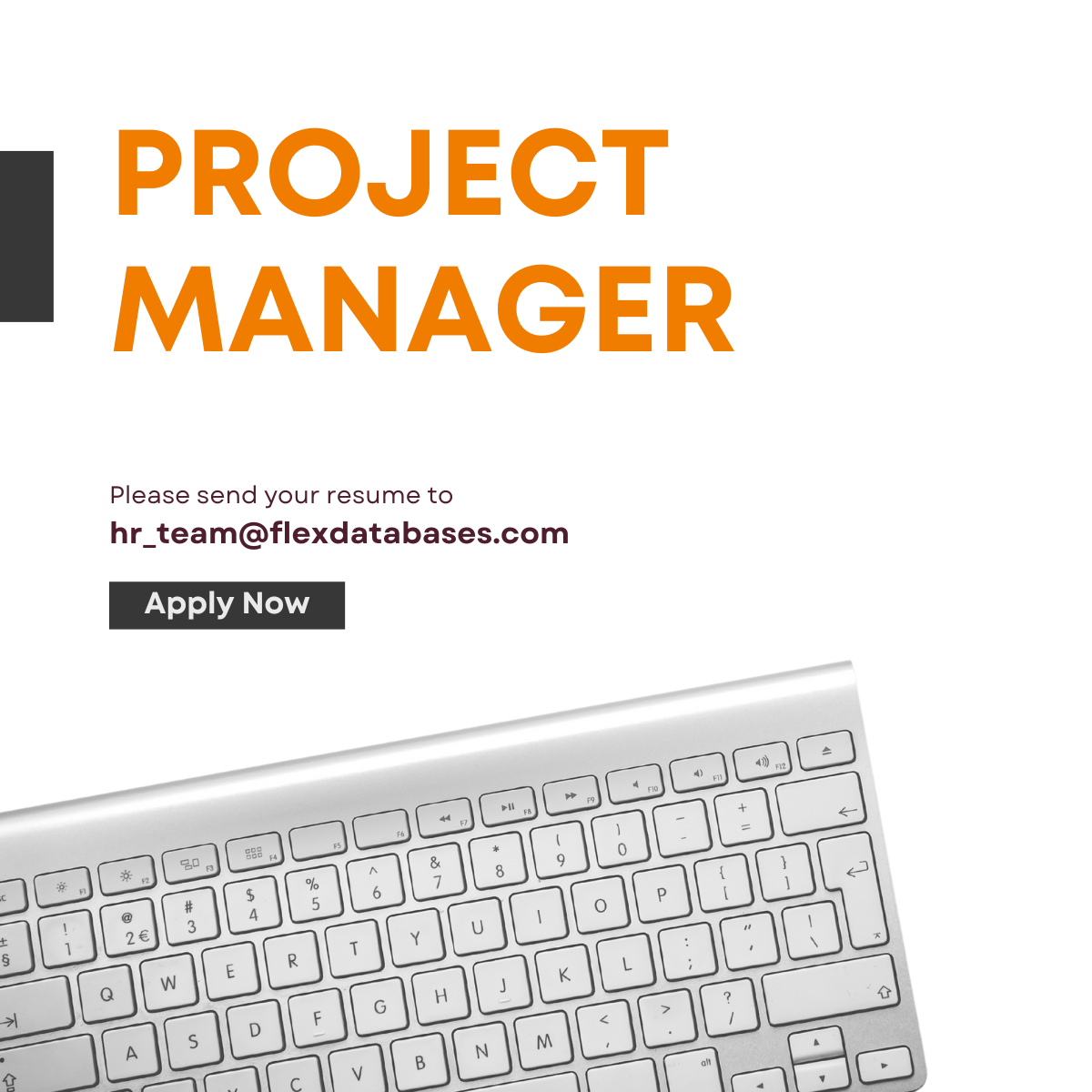What is CTMS? Frequently Asked Questions
July 14, 2025
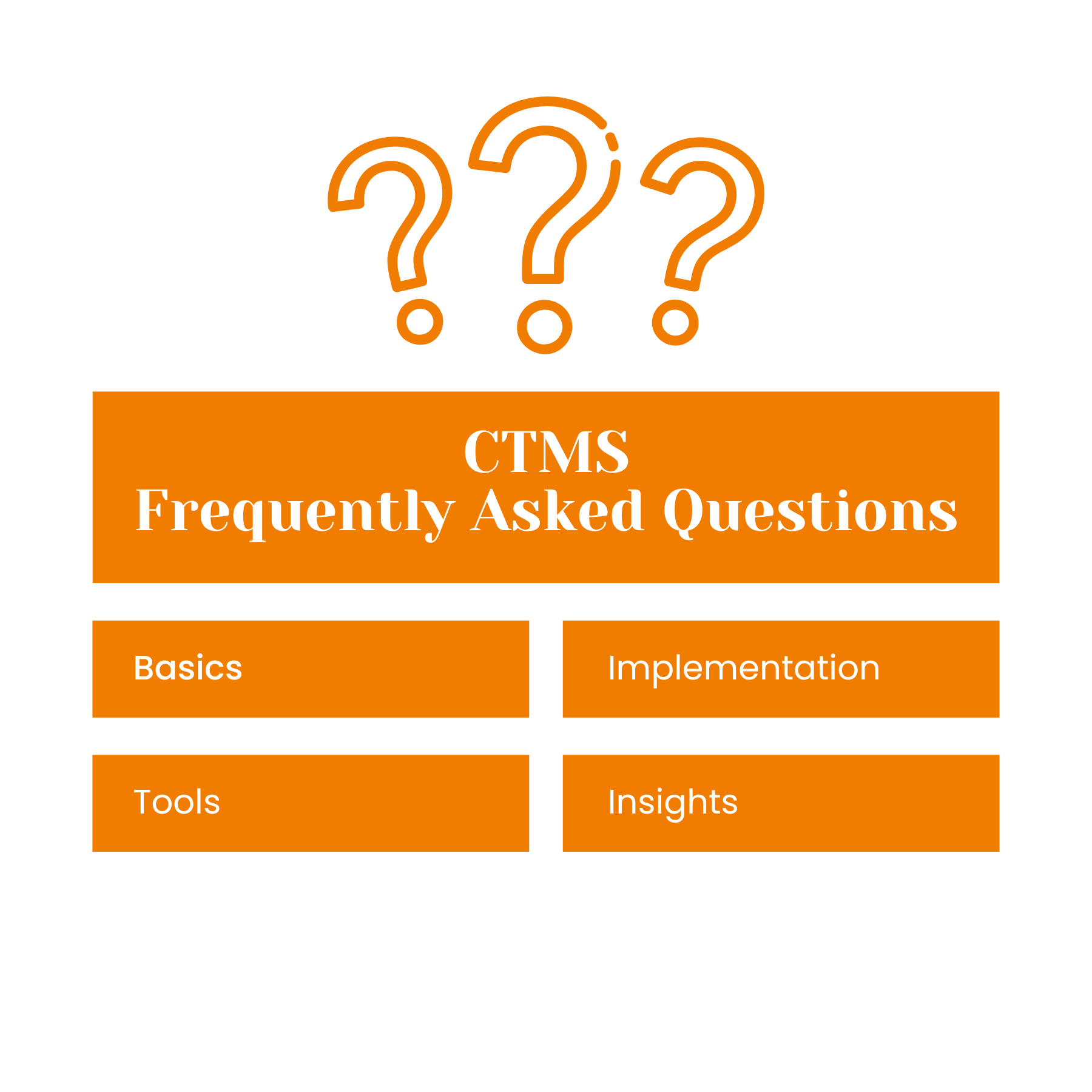
What is CTMS
A CTMS – Clinical Trial Management System is a software solution that facilitates more streamlined management and monitoring of clinical trials. Clinical operations teams like project managers, CRAs, and study coordinators in pharmaceutical firms, CROs, and biotech firms use the tool to oversee everything from site selection and subject recruitment to monitoring visits and budgets.
What is the role of the CTMS?
The main role of a CTMS is to keep clinical trials well-managed, on track, and compliant. It helps teams with task management, timelines, and data in one place, where it’s simpler to track progress, avoid delays, and follow rules and regulations.
What are the main application areas of CTMS?
CTMS extends to different main areas of clinical trial management, including:
- Study planning and setup – management of timelines, milestones, and team assignment
- Site and investigator management – site performance monitoring, contacts, and documentation
- Subject tracking – enrollment monitoring and visit scheduling
- Monitoring visits and trip reports – planning, conducting, and documenting CRA visits
- Budget and payments – site payments monitoring, invoicing, and financial forecasting
- Regulatory compliance – maintaining audit trails and facilitating inspection support
It brings all these elements together in a single system for streamlined trial execution.
Why use a Clinical Trial Management System?
The system allows teams to run clinical trials more effectively and with greater accuracy. It saves time by keeping everything in one place, provides increased visibility between studies and sites, and ensures compliance with regulations. Instead of working around spreadsheets and email, teams have a transparent, up-to-the-minute view of what’s going on – so they can make quicker, better decisions.
Who needs a CTMS?
Any organization running or organizing clinical trials will find a CTMS beneficial. These include pharmaceutical firms, biotech firms, medical device manufacturers, and CROs. In one study or multiple studies, a CTMS keeps operations streamlined, facilitates greater collaboration among teams, and guarantees regulatory compliance.
What are the main functions?
A CTMS covers the whole clinical trial life cycle. Its main functions are:
- Study and site management – study planning, monitoring site performance, and document control.
- Subject tracking – enrollment tracking and visit completion tracking.
- Monitoring and trip reports – visit scheduling and CRA activity tracking.
- Financial management – budgeting, payment tracking, and invoicing sites.
- Document and task tracking – staying on top of deadlines and required documents.
- Compliance and audit support – having full, inspection-ready records.
These features keep teams organized, productive, and compliant throughout the trial.
Why would clinical trial sponsors and CROs need a CTMS?
Sponsors and CROs need a CTMS to keep clinical trials running smoothly, within budget, and in accordance with regulations. It allows them to orchestrate complex studies across several sites, track performance in real time, and catch anything that gets past them. For CROs, it also improves communication with sponsors and enables the delivery of high-quality results on time.
Which regulatory requirements does a CTMS help comply with?
A CTMS helps ensure compliance with key regulations like:
- FDA (U.S. Food and Drug Administration) regulations
- ICH-GCP (International Council for Harmonisation – Good Clinical Practice)
- EMA (European Medicines Agency) guidelines
- 21 CFR Part 11 (Electronic records and signatures compliance)
- HIPAA (for protecting patient data, where applicable)
By supporting documentation, audit trails, and process tracking, a CTMS helps meet these standards and keeps trials inspection-ready.
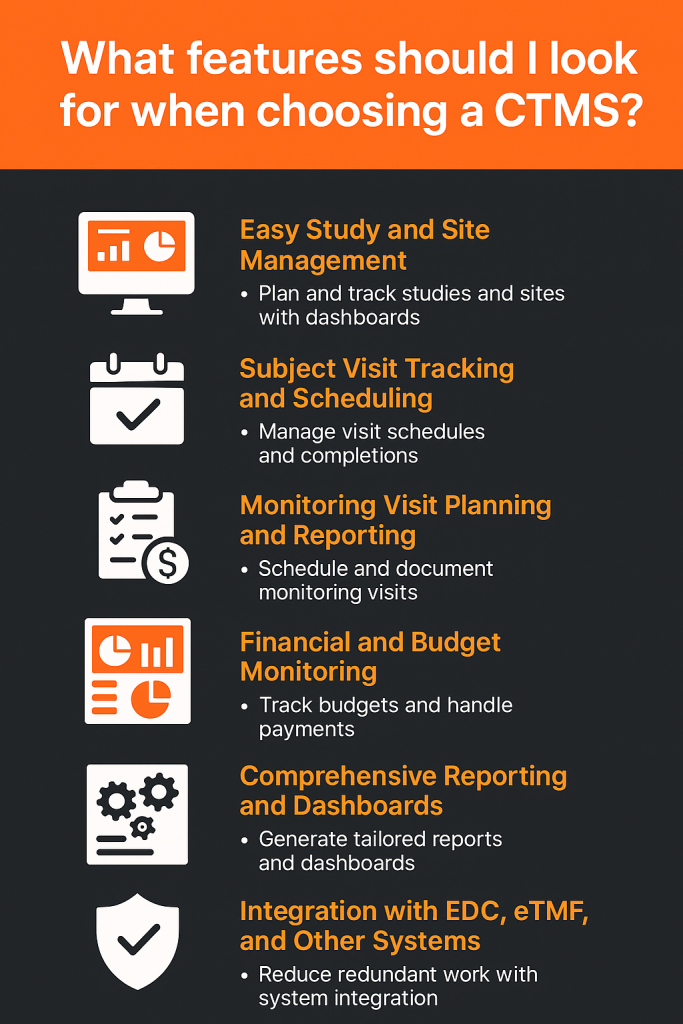
What is the difference between EDC and CTMS?
EDC (Electronic Data Capture) is software employed to capture and manage data from clinical trials in patients, including lab tests, questionnaires, and observations.
Clinical Trial Management System, on the other hand, manages the entire trial operations like site management, subject tracking, monitoring visits, and budgeting.
Briefly, clinical data is handled by EDC, and trial process and administration are handled by CTMS. They usually work together to keep trials moving.
How are EMR and CTMS different?
EMR (Electronic Medical Records) keeps a patient’s health history that is used by physicians for daily medical treatment.
Briefly, clinical research functions are supported by CTMS, and patient medical histories are kept in EMR for healthcare.
What is the difference between TMF and CTMS?
TMF (Trial Master File) is an up-to-date, secure file containing all the essential documents and records needed to prove a clinical trial was conducted properly and according to guidelines.
Clinical Trial Management System used to plan, track, and manage the operational aspects of a clinical trial.
Briefly, TMF holds formal trial documents, while CTMS handles trial activities.
Can data analysis be done by CTMS?
The system is primarily focused on trial operations management, rather than detailed clinical data analysis. It can provide standard study progress, enrollment, and site performance reports and dashboards, but detailed statistical analysis of clinical data is usually done by specialized tools like EDC systems or statistical software.
Can a CTMS be integrated with EDC or eTMF systems?
Yes, a CTMS can generally be integrated with EDC (Electronic Data Capture) and eTMF systems. Integration simplifies data flow between systems, reduces manual effort, and improves accuracy by keeping clinical data, trial operations, and essential documents connected in one unified workflow.
What types of reports can I generate from a CTMS?
A CTMS can generate all types of reports to help you manage your trials, including:
- Enrollment status and recruitment of subjects
- Site performance and monitoring visit reports
- Study timelines and milestone tracking
- Budget and financial reports
- Compliance and readiness for audit summaries
- Tracking of Investigator and site payments
These reports give clear insights to help keep your trial on track and compliant.
How does it support site management and monitoring?
The system facilitates site management by tracking their installation, performance, and documentation in one place. It schedules and manages monitoring visits, monitors findings, and helps CRAs to follow up on action requests. This puts sites back on target, ensures timely data capture, and supports compliance to trial protocols.
Can a CTMS help with subject tracking and visit scheduling?
Yes, a CTMS monitors individual subjects from enrollment through study milestones and visit dates. It schedules visits, sends reminders, and monitors visit status to ensure the trial stays on track and avoid missing or delayed visits.
Is a Clinical Trial Management System useful for financial tracking and investigator payments?
Absolutely. A CTMS streamlines study budgets, tracking of site expenses, and payment processing to investigators. It automates invoicing and has clear accounting records, which makes the management of finances simpler and less prone to error.
How secure is a CTMS platform?
The platforms are built with advanced security aspects including user access restrictions, data encryption, backup, and audit trails in order to protect sensitive clinical trial information. They tend to conform to major regulations like FDA’s 21 CFR Part 11 for electronic records, ICH-GCP guidelines for good clinical practice, HIPAA for confidentiality of patients in the USA, GDPR for data protection in the EU, and international standards like ISO 27001 for information security management. These mutual safeguards provide data integrity, confidentiality, and full readiness for regulatory audits.
What features should I look for when choosing a CTMS?
Choosing the right CTMS is crucial to efficiently running your clinical trials. The system should be able to facilitate your team’s workflow, improve collaboration, and offer regulatory compliance. These are the most critical features to look for:
- Easy Study and Site Management: The system must be able to let you plan and track several studies and sites with clear dashboards and progress indicators.
- Subject Visit Tracking and Scheduling: Look for products that allow tracking patient enrollment, visiting scheduling, reminders, and tracking visit completion to avoid delays.
- Monitoring Visit Planning and Reporting: It should simplify scheduling, documentation, and reporting monitoring visits to keep things organized and compliant for CRAs.
- Financial and Budget Monitoring: A good CTMS monitors budgets, payment handling by site, invoicing, and financial forecasting to keep costs in check.
- Comprehensive Reporting and Dashboards: The ability to generate tailored reports and graphical dashboards gives visibility into study progress, site performance, and potential risks.
- Integration with EDC, eTMF, and Other Systems: Integration helps reduce redundant work and keeps clinical data, documents, and trial operations aligned.
- Strong Security and Regulatory Compliance: Make sure the CTMS supports industry standards and guidelines like 21 CFR Part 11, ICH-GCP, GDPR, etc. to protect sensitive information.
- User-Friendly Interface: An easy-to-use, intuitive interface allows users to learn and successfully use the system on a daily basis.
- Responsive Customer Support and Training: Helpful and training materials that reply in a timely manner facilitate smoother onboarding and keep your team productive.
How long does it take to implement a CTMS?
How long it will take to put in a CTMS is a function of the system’s complexity, company size, and specific needs. In general, it will be a few weeks to months. Small groups with simple requirements might go live in 4–8 weeks, but larger companies with custom integrations and training needs can take 3–6 months or more. Proper planning and communication are the ticket to speeding it up.
Is training required to use a CTMS effectively?
In fact, proper training is necessary to optimize the use of a CTMS. Even though several systems are intuitive, effective training allows users to understand every detail of features, best practices, and mistakes. Effective training accelerates faster adoption, improves the quality of data, and helps ensure compliance with trial procedures and regulations. Most CTMS vendors offer onboarding sessions, manuals, and ongoing support to help teams succeed.
Can a CTMS be used for global, multi-site trials?
Yes, a CTMS is designed to be capable of handling complex global trials at various sites and nations. It is capable of handling site performance management, enrollment tracking, and real-time monitoring of study progress independent of the site location. Many CTMS systems also provide support for multiple languages and currencies, further improving the capability to stage international studies cost-effectively and maintain compliance with local regulations.
How does it ensure compliance with regulatory requirements?
The system helps to generate extensive audit trails that record each action and change in the system. The system enforces user access controls to protect sensitive data and offers electronic signatures that are regulation compliant. The system helps with document management, deadlines, and workflows to follow Good Clinical Practice (GCP) guidelines and other regulations including 21 CFR Part 11. Everything being in place and traceable, a CTMS makes it simpler to prepare for audits and inspections.
What’s the difference between cloud-based and on-premise CTMS?
A cloud-based CTMS is remotely hosted and accessed over the internet, so you won’t be concerned with hardware or software updates yourself. It offers flexibility, easy scalability, and generally faster deployment.
On-premise CTMS is installed locally on your own servers and supported by your IT professionals. This gives more direct control of infrastructure and data but typically entails higher up-front cost, longer implementation, and ongoing support.
How customizable is a CTMS?
Most modern CTMS systems are highly customizable. You can usually customize workflows, forms, user roles, dashboards, and reporting to your organization’s specific processes. Some systems also allow for integration with other tools, such as EDC or eTMF, through APIs. The level of customization may vary by vendor – some have out-of-the-box flexibility, and others may require configuration support. A flexible CTMS allows you to work how you must, without your team having to fit bound templates.
